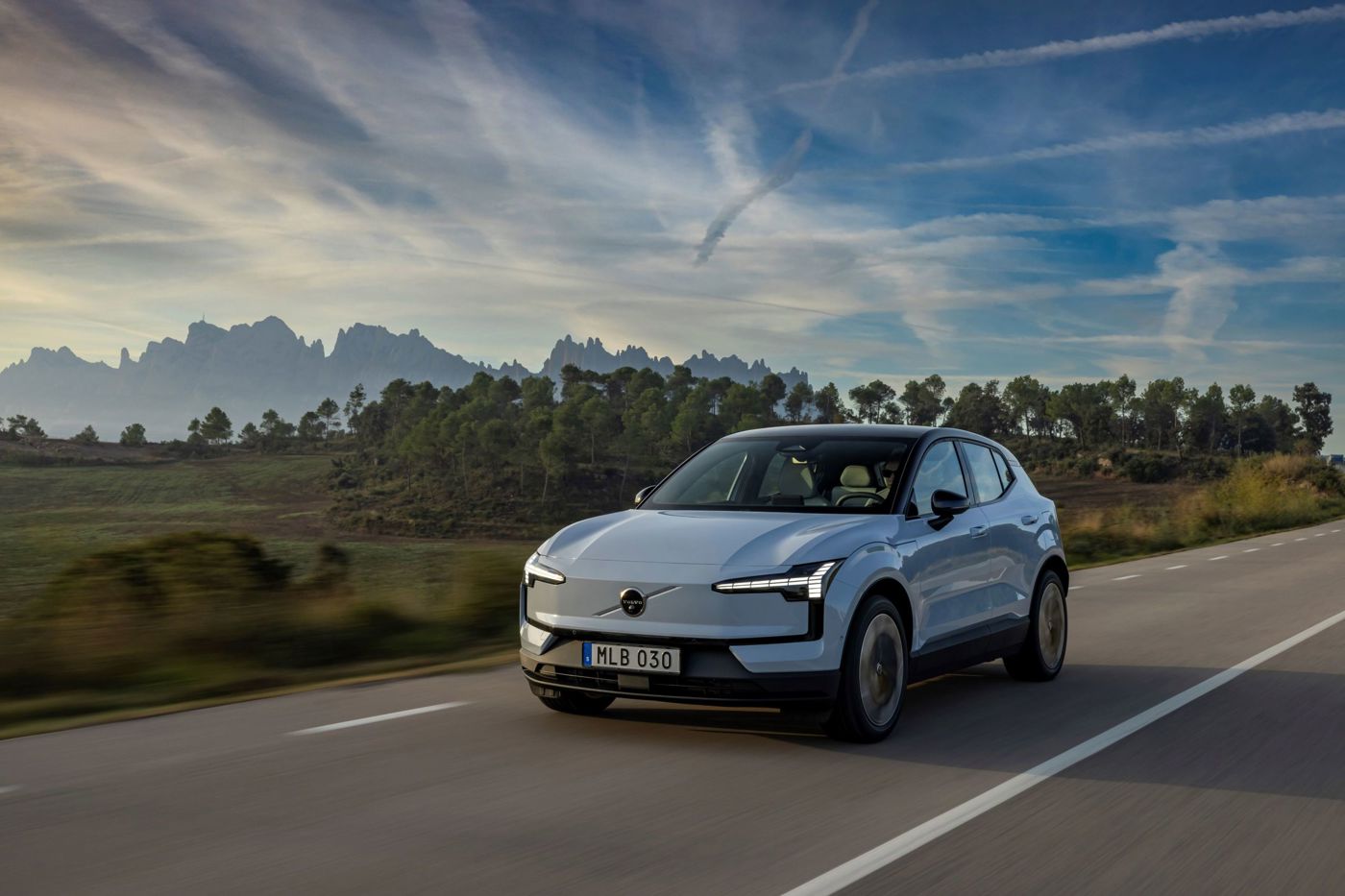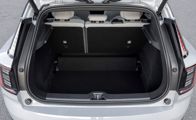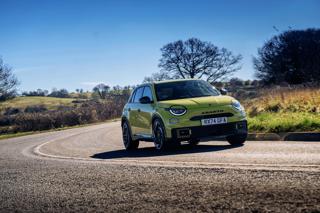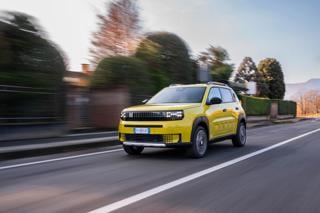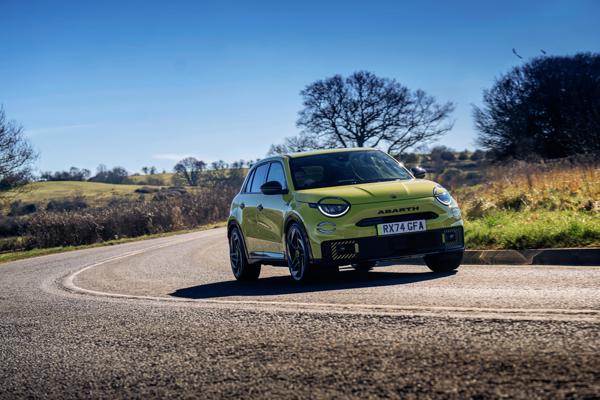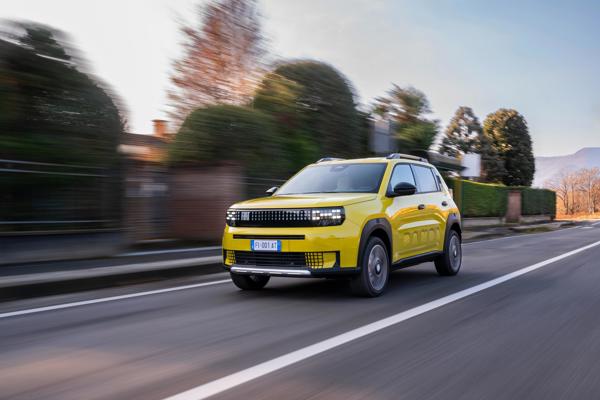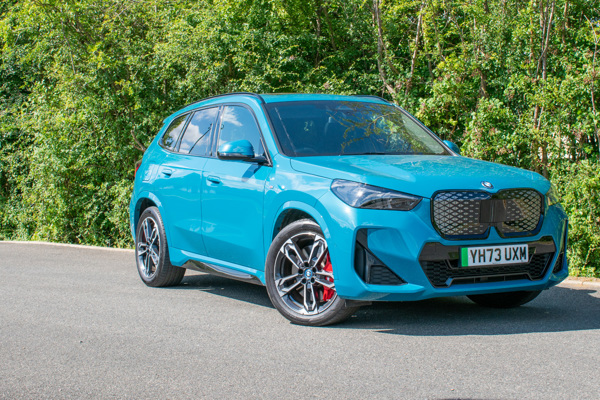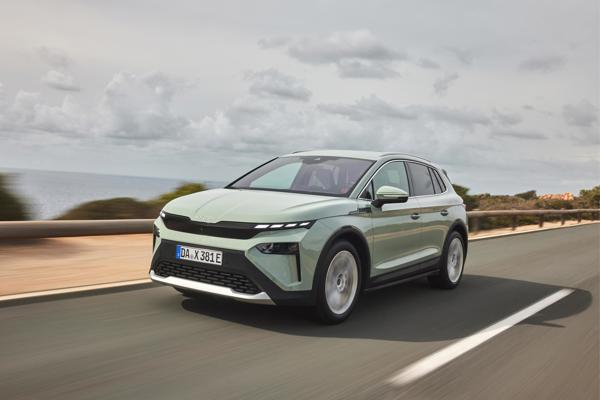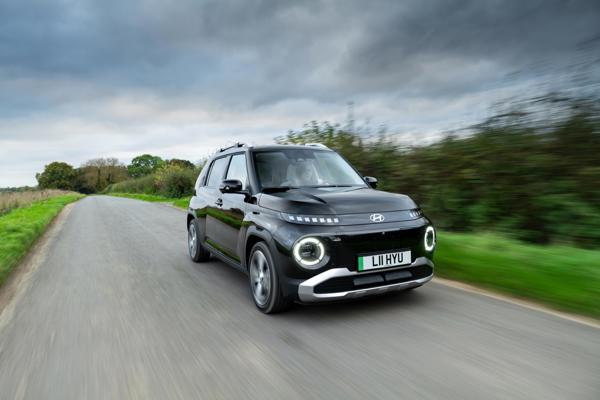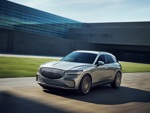Review
The EX30 is a highly important car for Volvo to break into a new market and it sets a fresh benchmark for premium car brands as an affordable, upmarket and long-range EV. As a company car, its a proposition that's very hard to overlook.
Overview
Volvo has enjoyed significant success with its current line-up. Spearheaded by the XC90, which launched eight years ago, the brand’s Russian-doll approach to design has delivered a desirable range of SUVs that are practical, efficient, and luxurious.
The EX30 breaks the mould with a fresh, futuristic look that links it to the larger EX90, a minimalist interior and an all-new electric platform.
Using Geely’s SEA platform as a base, the EX30 is technically linked to the Smart #1. While both cars sit on the same underpinnings, Volvo has designed a fresh body, interior and calibrated the chassis in its own bespoke way.
The line-up consists of three powertrains and two trim levels. Further variants of the EX30 are expected to join the range at a later date, including a more rugged Cross Country variant.
Comfort and practicality
The EX30 is Volvo’s smallest car, sitting among hatchback models like the VW ID3 and compact crossovers like the Hyundai Kona. That means that it’s not as spacious as the modern Volvos we’re used to, but there’s ample space in the places where it counts.
Volvo has opted for a super-minimalist dashboard in the EX30. There’s really not much to it other than a screen and some air vents. It’s a smart design that incorporates a variety of materials and textures, depending on trim, to give a surprisingly premium feel.
The centre console is cleverly thought out. There’s an armrest between the two front seats that incorporates some electric window switches and a pair of pop-out cupholders that emerge from underneath. In the space below, a rubber-lined tray can be used for additional storage of larger items, while a pair of smartphone charging pads sit beneath the main screen.
There’s no controls on the doors, just some slightly cheap-feeling recycled plastics that contrast with some wonderfully tactile sculpted metal handles.
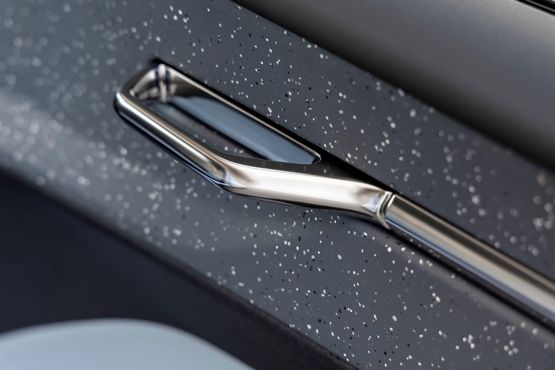
Front seat passengers have ample space and super comfy seats. In the rear it’s a little more cramped, although you probably wouldn’t pick an EX30 if you had to regularly carry five adults.
Boot space is on par with other hatchbacks, at 318 litres. There’s also a small storage compartment under the bonnet, which is a good place to stash the charging cables.
Once on the move it becomes apparent just how refined the EX30 is. It’s serenely quiet on the move, especially considering the price point. We’d have no gripes about doing long-distance jaunts in it.
Safety and technology
In true Volvo style the EX30 has been developed with safety as a primary factor. There’s a multitude of driver assistance systems using an array of sensors and radars to help prevent collisions as well as tech to protect other road users.
The focus on safety is slightly at odds with Volvo’s new focus on technology, however. Where previous Volvos have struck a balance between screens and physical controls quite well, the EX30 takes things to a new level. Pretty much everything is integrated into the touchscreen. Volvo has even gone as far as to put the speedometer in there, so there’s no independent driver display.
The infotainment system is impressive with a well-designed layout, quick responses and beautiful graphics, but it’s simply trying to do too much. If you’re using the sat-nav and want to switch on your heated seat, or you’re about to reverse into a parking space and want to adjust the door mirror – everything is just a bit of a faff. Volvo has sectioned off part of the screen for shortcuts to certain functions, but there’s just simply not enough space for all the things you need. Even the volume control is adjusted via the screen. It’s a step too far.

Some of the initiatives are quite smart, in particular the electric seat adjustments have been integrated into one square control, and by not fitting speakers or switches in the doors, there’s more room for storage and undoubtedly a cost saving.
Volvo’s solution for audio is a dashboard-mounted ‘sound-bar’. It is, essentially, one of those speakers you’d get for your TV slapped under the windscreen. The cars we tested were equipped with a Harmon/Kardon setup, which is standard fit on the Plus and Ultimate grades (Volvo hasn’t detailed an entry-level model, yet). The sound quality is good, although it takes a bit of getting used to having all the audio coming straight at you, rather than immersing you.
Driveability and range
Volvo is offering three powertrain choices with the EX30: Single Motor, Single Motor Extended Range and Performance.
The base model uses a 49kWh (useable) battery, giving a range of around 210 miles. The Extended Range uses a 64kWh battery, boosting capability to almost 300 miles. Both cars utilise a 272PS electric motor that drives the rear wheels.
The same 64kWh battery can be found in the Performance, although this time it sends power to a pair of electric motors that produce 428PS.
Single Motor cars can accelerate from 0-62mph in around five seconds, which is ludicrous for a small, cheap EV. The Performance is, frankly, bonkers, knocking the 0-62mph sprint time down 3.6 seconds.
It means the Volvo EX30 is both Volvo’s cheapest and its fastest accelerating car.
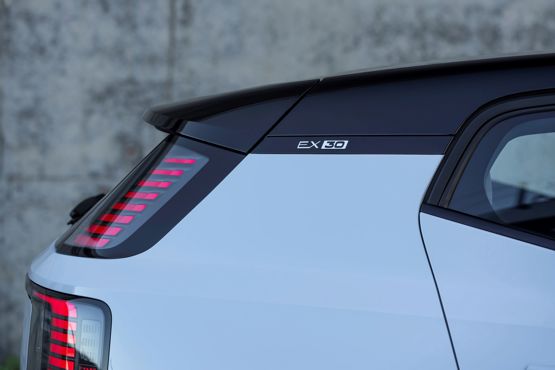
While power reserves are bulging at the seams, even on the base model, the EX30 is a very relaxing car to drive. It rides gracefully and provides a fluid driving experience. It’s no hot-hatch, but it’s sharp enough to give a reasonably entertaining drive even once the novelty of the acceleration has worn off.
During our tests the Single Motor car was reporting efficiency of 3.5mi/kWh, while the Performance was closer to 3.0mi/kWh. In real-world conditions we’d expect a range of around 230 miles from the Performance car and 250 miles from the Extended Range, based on our early driving experience.
Company car tax and running costs
Volvo has priced the EX30 extremely competitively. Compared to other EVs of this size it represents fantastic value for money, especially when you consider the level of standard kit.
The Single Motor Plus costs £33,795, which is about the same as a Vauxhall Corsa Electric, and it’s very likely that Volvo will introduce an even cheaper variant in a base trim further down the line. The Extended Range starts at £38,545, making it cheaper than an Astra Electric and only slightly more than the cheapest VW ID3.
Plus models come packed with equipment. There’s heated front seats and a heated steering wheel, adaptive cruise control, keyless entry, a Google-powered infotainment system and a heat pump.
The Ultra adds a panoramic sunroof, 360-degree camera system, a 22kW on-board charger and electrically adjustable seats.
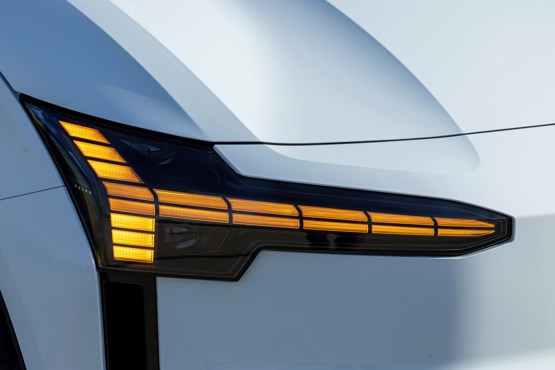
All versions come with an inclusive three-year service and maintenance plan that includes the replacement of wear and tear items like brake pads.
When it comes to running costs, the EX30 delivers another stand-out performance. The cheapest model costs 39p per mile and our favorite, the Extended Range, comes in at 42ppm. Again, it undercuts comparable derivatives of the Astra and ID3. Impressive considering the EX30 wears a premium badge.
Company car tax is charged at 2% of the EX30’s list price, costing drivers between £11 and £15 per month, depending on which version they opt for.
For full company car tax and running costs data, click here.
Charging times
(Single Motor Extended Range)
3-pin plug: 32hrs 45mins
7kW wallbox: 10hrs 15mins
11kW AC: 7hrs
150W rapid: 30mins (10% to 80%)
For full real-world range data and charging time, click here.
Specs
| Manufacturer | Volvo |
| Model | Ex30 Estate |
| Specification | Volvo Ex30 Estate 200kW SM Extended Range Plus 69kWh 5dr Auto |
| Model Year | 2023.00 |
| Annual VED (Road tax) | £10 |
| BIK List Price | £39,795 |
| Range | 295.80mile(s) |
| CO2 | N/A |
| BIK Percentage | 2% |
| Insurance Group | N/A |
| CC | 1 |
| Fuel Type | Electric |
| Vehicle Type | Compact SUV |
| Luggage capacity (Seats up) | 318litres |
| Doors | 5 |
Running Costs
| P11D | £39,795 |
| Cost per mile | 45.87ppm |
| Residual value | £16,250 |
| Insurance group | N/A |
| Fuel Type | Electric |
| Cost per mile | 156.84ppm |
| Fuel | 2.46ppm |
| Depreciation | 151.75ppm |
| Service maintenance and repair | 2.63ppm |
Rivals
Info at a glance
-
P11D Price
£39,795
-
MPG
N/A (WLTP) -
CO2 Emissions
N/A -
BIK %
2% -
Running cost
3 Year 60k : £16,250 4 Year 80k : £13,225 -
Fuel Type
Electric -
Range
295.80mile(s)



